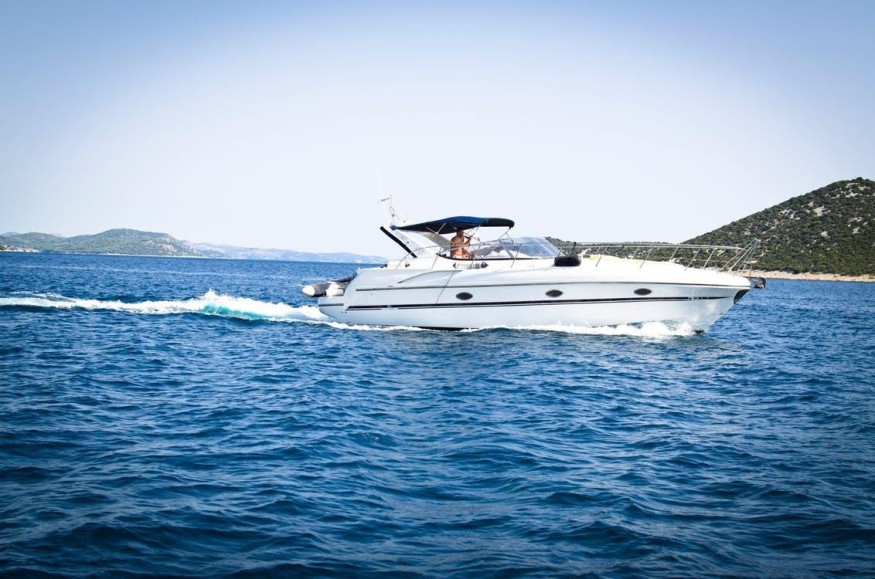Ways Superyachts Are Becoming More Environmentally-Friendly

There's no doubt that superyachts seamlessly allow unreal getaways to exotic locations at the drop of a hat. For some, there's a very slight issue with this, though - superyachts, being the burly, extravagant beasts that they are, are quite dependent on fuel. Lots of fuel. This intense fuel usage obviously conflicts with rapidly developing ideals related to environmentalism, so what's an environmentally-conscious yacht owner to do? Thankfully, makers of superyachts are investing heavily into more environmentally-friendly vessel design in accordance with evolving needs. In this blog we cover a few ways that superyachts are syncing up with our greener future.
How technology is helping superyachts become greener
Global trends have been moving towards sustainable models for some time. In a way, it's easy to see ecological parallels with car manufacturers - the automotive industry, particularly players like Tesla, are aware that consumers have a keen interest in electric cars, and pre-sales are consistently confirming this. It's even evident with the use of digital charter platforms like Ahoy Club that consumers aren't necessarily wanting to commit to purchasing an entire yacht for sporadic use. The advancement of battery technology is one of the key reasons for the automotive industry being able to tackle hybrid vehicles so readily, and it seems that application in the yachting world isn't too far off, either. The same can be said of renewable energy sources, although these are arguably much further off in terms of mainstream marine application. Fuel cells represent the pinnacle of clean energy on the open waters, despite being in the infancy of their mainstream use, as this renewable allows power to be efficiently extracted from pure hydrogen as a fuel source. With the only emission from these fuel cells being water, this solution would obviously be perfect for marine use.
How new technology is being applied
Hybrid yachts are not necessarily a new idea. In 1997, the superyacht Limitless was the first such vessel to feature diesel and diesel-electric propulsion, proving that even massive yachts could seamlessly and successfully integrate hybrid engines. In 2015, this hybrid approach was taken even further with Savannah, a superyacht boasting a single engine, three generators and a combined total of approximately one megawatt-worth of batteries. With these as examples, it is clear the steady evolution of yacht technology closely mirrors the progression of green technologies. At this stage, modern battery technology allows for significant power storage that can be designated for later use, and used in conjunction with next generation solar panels this loadout could represent an impressive source of reliable, clean power for a vessel, regardless of size. Hydrogen cell technology is another key player in clean energy, as mentioned earlier, a and again, superyacht makers are absolutely on board - recently Sinot Yacht Architecture & Design and Lateral Naval Architects made waves with AQUA, their gorgeous, 376-foot-long liquid hydrogen-powered superyacht concept.
An exciting future with greener yachts
It's safe to say that as we develop new technology related to green energy, there will always be a yacht designer excited to implement it. This represents not only good news for clients - just think about the massive saving on your fuel bill - but for the world as a whole as we move towards a greener future. With these innovative yachts getting noticed by the wider public and snapped up by ecologically-minded buyers, this sets an excellent precedence not only for the future of yachts and superyachts, but for the maritime industry as a whole. And what an exciting precedence it is!
Subscribe to Latin Post!
Sign up for our free newsletter for the Latest coverage!
© 2026 Latin Post. All rights reserved. Do not reproduce without permission.















